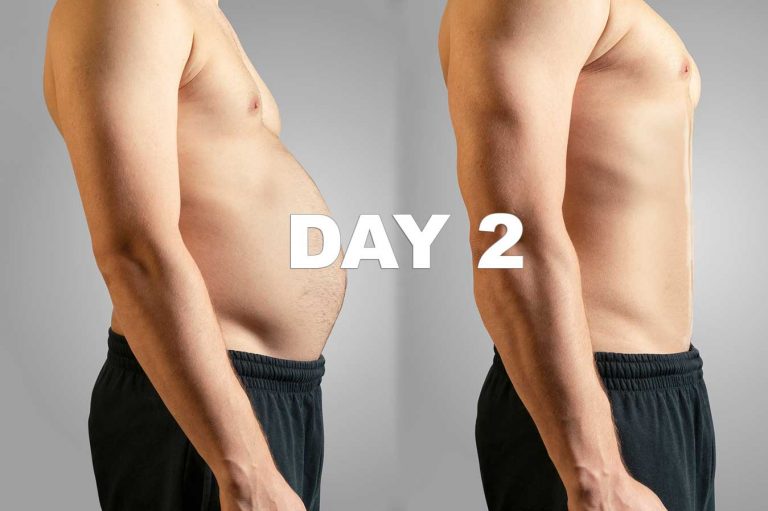Rock climbing has increased immensely in popularity over the last several years. Thanks largely in part to the stunning documentary, Free Solo, featuring world-renowned climber Alex Honnold. This movie not only captivated audiences but has inspired amateur climbers across the globe. While not everyone has the option to frequently pursue this passion, there are several rock climbing exercises to prime one’s body for the experience.
It’s obvious, even to observers, that the sport of rock climbing is a full-body workout in itself. There are, however, certain muscles that are used more so than others. SportsRec has written an excellent article detailing which muscles are engaged the most when climbing. These include the lats, biceps, forearm flexors, and calf muscles.
Based on this information, the logical approach to preparing the body for this sport is to consistently exercise those muscles. While there are plenty of tools to accomplish this, perhaps there are none better than the kettlebell for rock climbing exercises. This is because of the versatility of the kettlebell with its ability to engage many muscles even in a single particular exercise.
What Climbers Are Saying About Kettlebells
I previously wrote about how professional climber Renan Ozturk used a kettlebell to rehab from a serious injury. Although, not for training purposes, the kettlebell goblet squat exercise was part of a successful program to get him back in the sport. That was 10 years ago and these days many climbing enthusiasts are seeing the benefits of kettlebell training first-hand.
Reddit Users
A question was posed on the kettlebell Reddit forum as to whether kettlebell training is useful for bouldering. The term bouldering refers to the climbing of small rock formations usually no higher than 20 feet. This allows for the experience of climbing without the need for ropes or harnesses and is good practice for large-scale climbs.
Out of the 5 responses the majority of Redditors had positive comments about using kettlebells for rock climbing exercises. The only issue was in reference to balancing the two activities for stamina. It’s important to preserve strength for climbing and not overdo it with too much kettlebell exercising. For instance, avid climbers that climb several times per week may wish to limit kettlebell training to a couple of times a week.
Mountain Project
An interesting thread on Mountain Project also features commenters weighing on kettlebells and climbing. Most agree that one particular kettlebell exercise is an awesome way to work multiple muscles at once. I’ll get to that exercise later on.
There’s even a couple of references to Simple & Sinister which is widely regarded as the ultimate kettlebell training book. Appropriately named, the workout detailed in this book features just two kettlebell exercises. The goal is to progressively work up to using heavy kettlebells by following the same routine.
Kettlebell Rock Climbing Exercises
The following kettlebell exercises each target a specific muscle group mentioned earlier. All but the final exercise in this list aren’t overly complex and suitable for kettlebell newbies. Once you’re comfortable with these moves you may rotate them between sets of each for an excellent workout. Anywhere between 15 to 30 minutes of total workout time should suffice.
Bent Over Dead Row
Bent over dead rows will strengthen upper and lower back muscles, especially the latissimus dorsi. For climbers, this muscle is the most important as it is the primary muscle used when pulling the body upward. In this case, instead of bodyweight, it is the weight of the kettlebell that engages the lats. Due to the simplicity of this row variation, opt for a medium or heavy kettlebell.
To begin, place the kettlebell on the ground on either side of your body. Then bend over at the waist while having the knees slightly bent as well. Next, extend your arm on that same side to lift the kettlebell in line with your hips. Finally, lower the kettlebell back to the ground to complete the rep. Repeat reps as desired and switch sides after several sets too.
Bicep Curl
Most people associate bicep curls with dumbbells and not kettlebells. There’s debate among whether one is superior to the other as each has its own unique benefits. When curling with a kettlebell the biceps must work harder to contract due to the weight being further away than that of a dumbbell. There’s a very good article that details some of the differences between the two free weights here.
There’s some flexibility (another bad pun!) on how to perform the kettlebell bicep curl. Due to the large handle, you may use one or two hands. No matter how it’s done you simply need to keep your elbow at a fixed point at your side. Next, repeat the motion of lowering and raising your forearms to quickly go through each rep.
Bottom’s Up Press
The bottom’s up kettlebell press exercise requires stability and balance while holding it essentially upside down. Instead of the weight resting on your forearm like a normal press, the handle is held beneath the weight. As such, you’ll build strength not just in the forearm but also in your grip and wrists. When it comes to rock climbing exercises, this one works many muscles from the elbow to fingertips.
It’s tempting to want to use a heavy kettlebell as you would with normal presses. If you try to do so you’ll likely become frustrated at the surprising difficulty. Therefore, it’s recommended to start off light and work your way up incrementally in weight as you become accustomed to the move.
Calf Raises
The very nature of rock climbing often features tough areas where toe-holds are used to support body weight. One must have strong calves in order to lift and push up towards the next spot. While calf raises are a great exercise without weight, adding a kettlebell will further tax those muscles.
Again, there are several options for kettlebell calf raises. One variation involves using two kettlebells held down by your sides. Another will have you hold the kettlebell at chest level while raising yourself on the balls of your feet. However, the most common method is to just hold the kettlebell with both hands and your arms extended towards the ground.
Turkish Get Up
This is the kettlebell exercise that I referred to earlier that is highly recommended by Mountain Project members. It’s not for beginners, but with some practice and patience, you’ll get a great full-body workout and engage multiple muscle groups at once. It’s a terrific exercise for also improving mobility and stability of the shoulders, hips, and core.
There are many steps to the Turkish Get Up and technique has never been more important to follow. Rather than explain each move in detail, just refer to the video instructed by Onnit’s Eric Leija. Over time, it’s not unthinkable that you might progress from a 25 or 35 lb. kettlebell to a 70+ lb. kettlebell! If there were only one exercise to choose from in this list, it should be this one.




